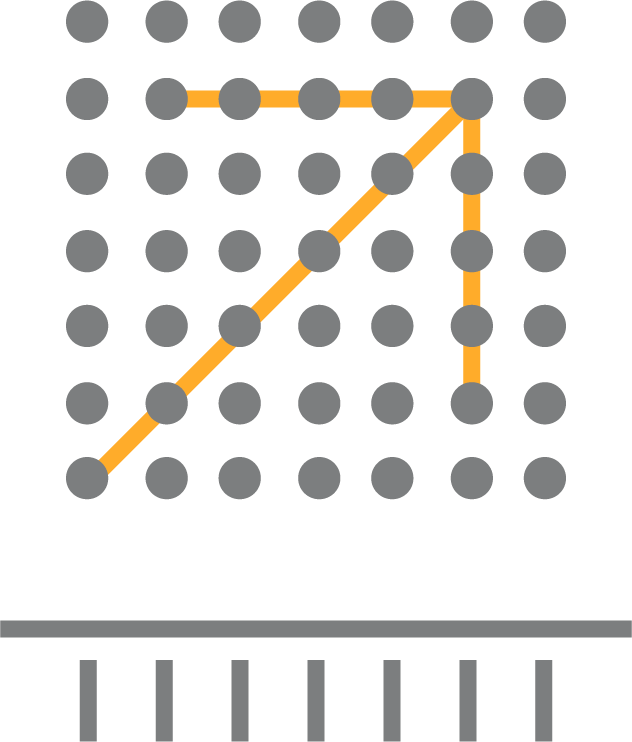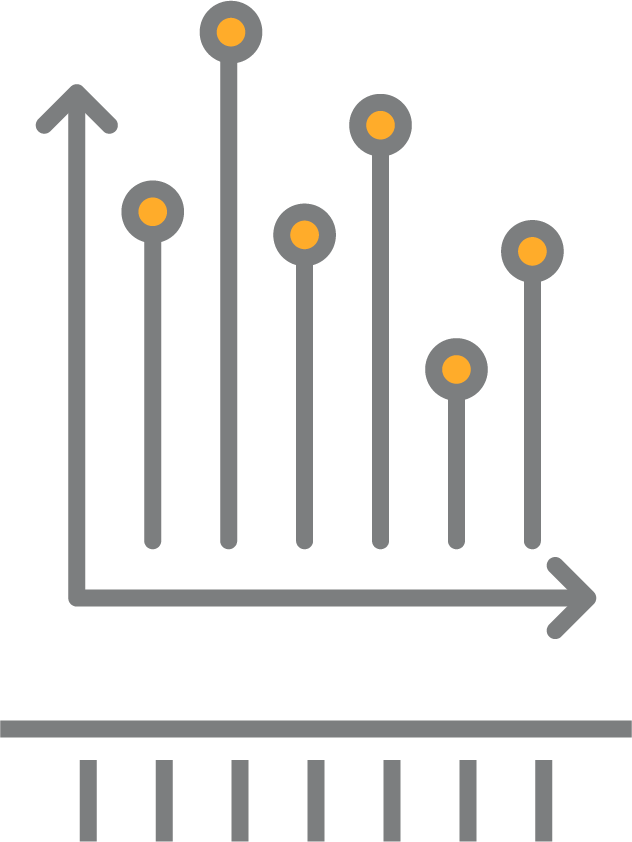GRAPH’s team has years of experience advising leading private equity firms and corporations, and has developed a deep appreciation for the value that a truly great commercial due diligence (CDD) exercise can deliver. Equally, we understand what it takes to get the job done within today’s increasingly tight deal timeframes.
While CDD exercises should certainly answer the question “Is this asset worth investing in?”, we believe that the most helpful exercises go far beyond just being a “tick the box” audit. Rich investigation can yield the deep insights that:
- Help our clients become better owners/operators; and
- Create learnings that accrue to future opportunities
We develop detailed best practices and intellectual capital (see Diligence Matters, our best practice toolkit designed to help active acquirers with their commercial diligence activities) to ensure consistently great outcomes).
Every GRAPH commercial due diligence assignment includes these five core attributes:
I. Purpose
Too many projects fall short because people fail to thoughtfully determine the key requirements for the work, and align all stakeholders against that mandate.
There is no generic definition for the proper diligence assignment. Instead, the scope and size for a given project needs to be specified by the:
- Character of the investor - and its larger investment model and strategic objectives
- Specific investment thesis - and the strength of the investment thesis
- Prior work completed - and remaining open issues
- Purpose of the work - and the stakeholder expectations
- Audience and circumstance in play
Projects can then be rightsized and scoped to either resolve a limited set of critical questions with a GRAPH Issue Diligence or address a wide scope of potential diligence topics through Full Scope Commercial Diligence - regardless of whether it is an early-, mid- or a late-stage confirmatory requirement.
II. Focus
Together, with you, we determine the most valuable issues to resolve and design the project around those topics.
We drive our engagements around a strong process that starts with a careful review and refinement of the provisional investment thesis. The scientific method helps focus the work and build needed consensus.
Drawing on our years of experience, we developed a comprehensive and detailed topic list included in GRAPH’s Diligence | Matters toolkit – and we use this to ensure that the assignment scope considered all the appropriate items that have proven to make or break other investments – and mitigate risk that an important topic is inadvertently neglected.
GRAPH’s detailed Commercial Considerations list covers the:
- Market
- Customers
- Competitors
- Resilience of Target Company
- Value Generation
- Integration
- Exit Considerations
Contact us to request your copy of GRAPH’s Commercial Considerations to help on this front.
III. Process
We employ best-practice methods and tools - developed through our years of experience and passion for delivering excellence - to maximize the value of every project.





Define Organize Investigate Analyze Advise To learn more about our process and why it is so helpful, ask us about GRAPH Blueprint, our best-practice project management model.
IV. Capabilities
We bring to the table a balanced set of three core capabilities that we continually invest in to strengthen our Commercial Due Diligence work:



Analytical
RigorInvestigative
StrengthCreativity and
Business AcumenLearn more about GRAPH’s Core Capabilities
V. Closure
Closing any diligence exercise properly means recognizing that for our clients, the real work is just beginning. We wrap up our work to create the most leverage and equip the group for the next phases.
Our investigations and analyses include pressure testing the thesis, compilation and assessment of risks, and recommendations for key revisions, supported by a strong stack of evidence.
Just like you, we may ultimately wish we had more budget and time to do more work, but we understand what real-world pressures are all about. We will take a stand to help support your decision-making needs, and we will contextualize the caveats not to create ambiguity, but to help make you a better owner / operator.
We conclude every project with two key features:
- An examination of opportunities for Value Generation; and
- Summary analysis and recommendations for issues to inform the 100-day post-closing commercial plan or Value Development phase.

